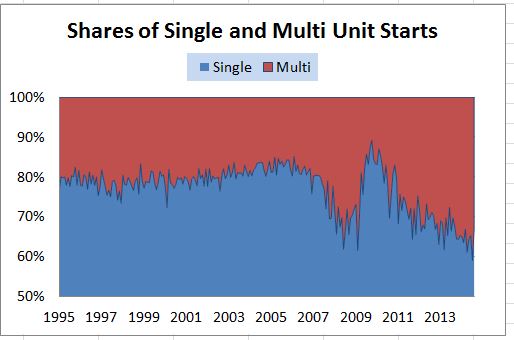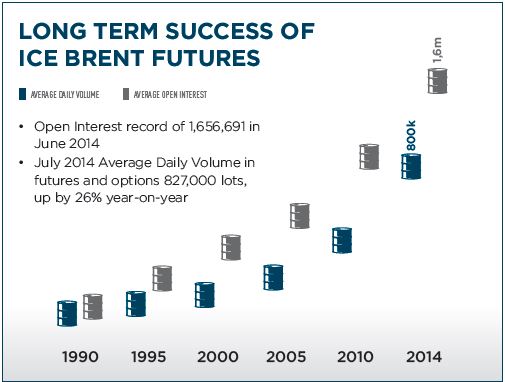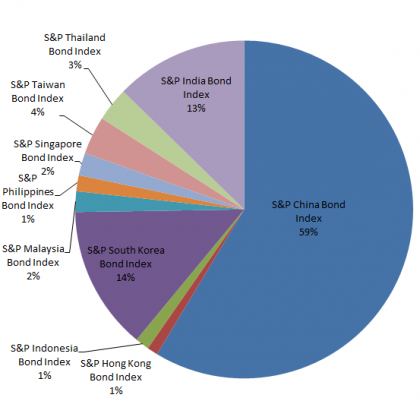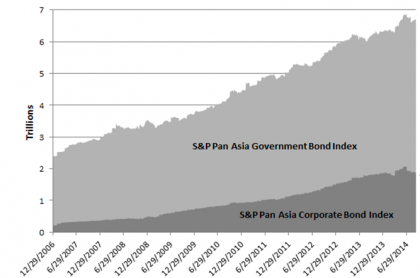Investment managers are always looking for ways to control risk in their portfolios, as good risk management is paramount for long term accumulation of wealth, particularly in uncertain market environments! Portfolio risk protection can be employed utilizing many different methods, each of which can be unique to a particular manager’s style and core competencies.
Structural and tactical risk management are key components to consider when constructing dynamic portfolios. Structural risk protection comes in the form of running portfolios that are diversified by and within asset class in addition to purchasing diversified baskets of securities rather than individual issues. But good diversification is only one layer of protection and as investors have learned, it can have an inherent weakness in bear markets where correlation between asset classes can go to one at light speed. Therefore, our firm believes it is important to add a layer of tactical risk management to the structural composition of a portfolio.
One very effective tactical method to control risk is to have the freedom and flexibility to alter the broad asset allocation of the portfolios between stocks, bonds, cash, alternatives, etc. Having the ability to dial up or down the amount of stocks or bonds in a portfolio can clearly make a material difference, and can be employed efficiently with today’s impressive selection of exchange traded funds (ETFs).
Another tactical tool that allows investors to risk manage without having to make allocation bets is to employ sector rotation. Given the explosion of high-quality ETFs in the marketplace, sector-rotation strategies can be implemented to alter US equity sectors, country exposure, fixed income sector and rate sensitivities, and commodity and currency exposures. While sector rotation won’t take an investor out of the market, simply altering what is owned can be a material factor in returns during risky markets.
As an example, those investors that were simply willing to alter their US equity allocations and purchase defensive US sectors in their portfolios suffered less downside volatility materially than the broad market during the last two bear markets. During the last two market downturns, an investor that invested in an equal weighted composite of non-cyclical sectors (staples, healthcare, utilities, and telecom) lost an average of 13% less than S&P 500® index, and the best performing defensive sector averaged losses of roughly 20% less than the overall market.
If you are an advisor or small investor that is interested in learning more about how to use ETF portfolios to mitigate risk, join us at the S&P Dow Jones Indices event: “Navigating Market Uncertainty” on October 8th in New York City.
The posts on this blog are opinions, not advice. Please read our Disclaimers.











